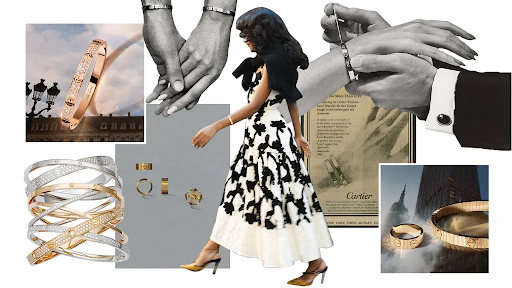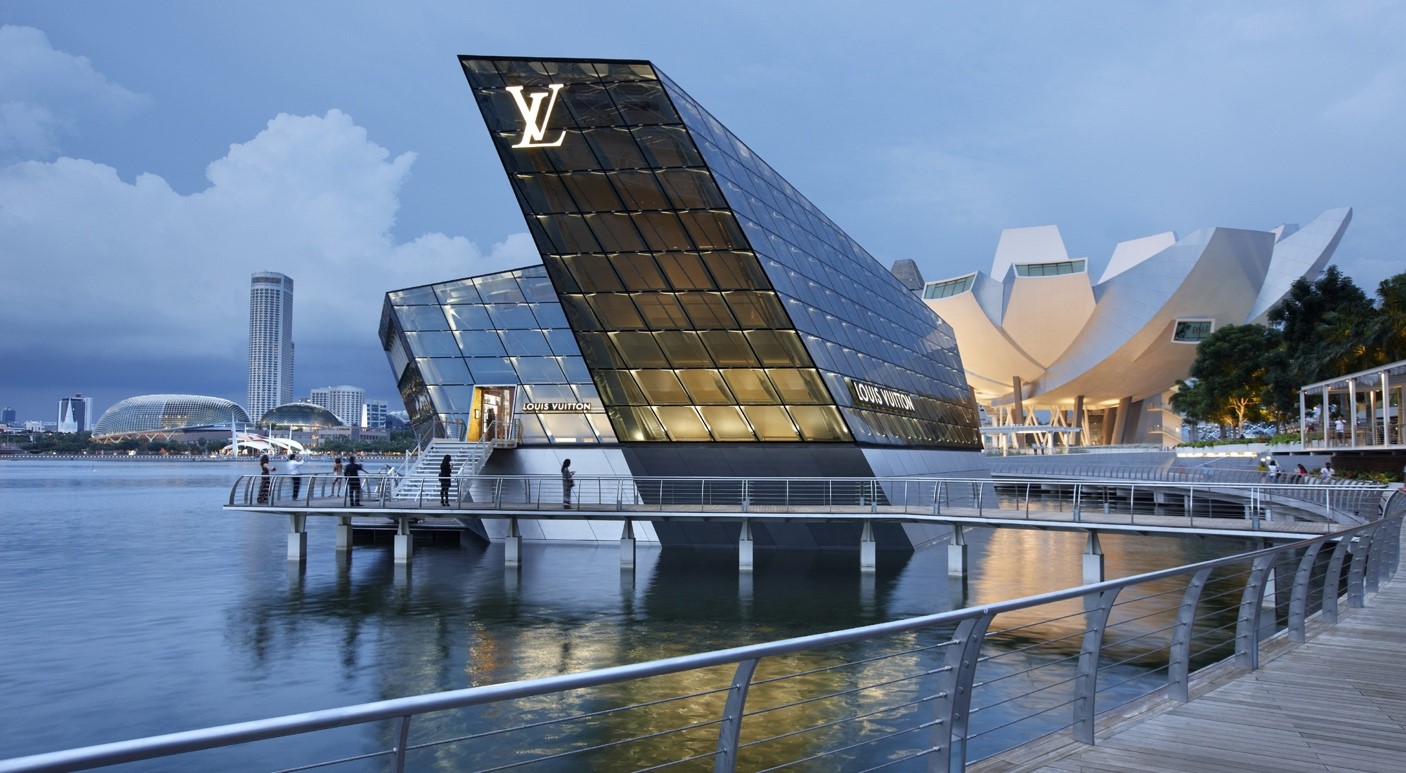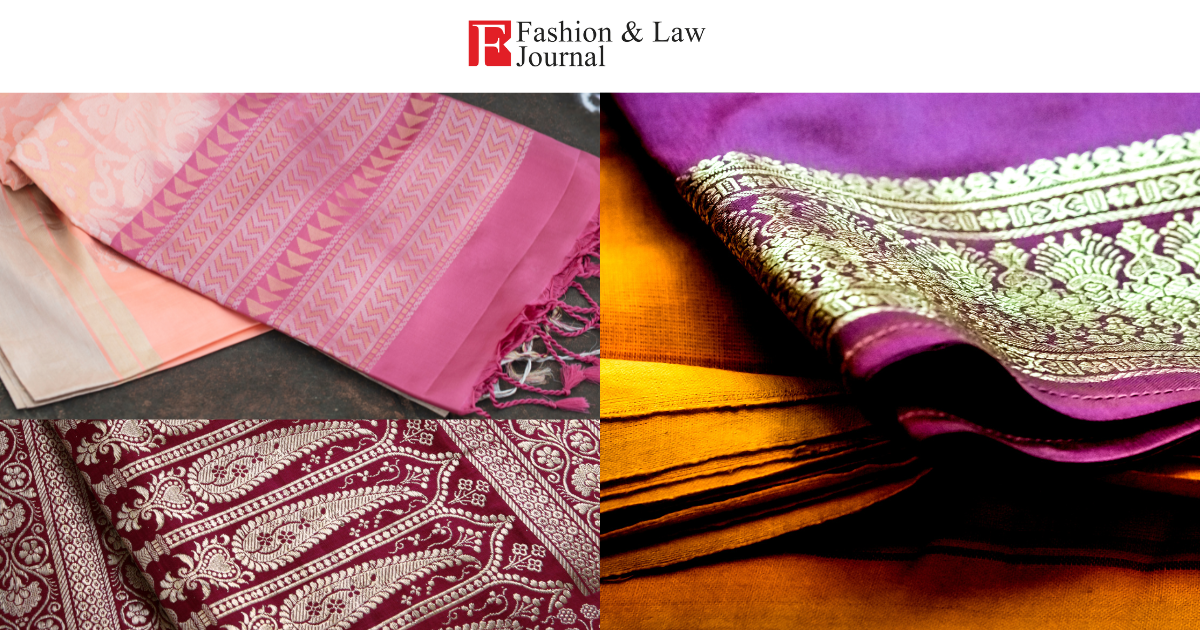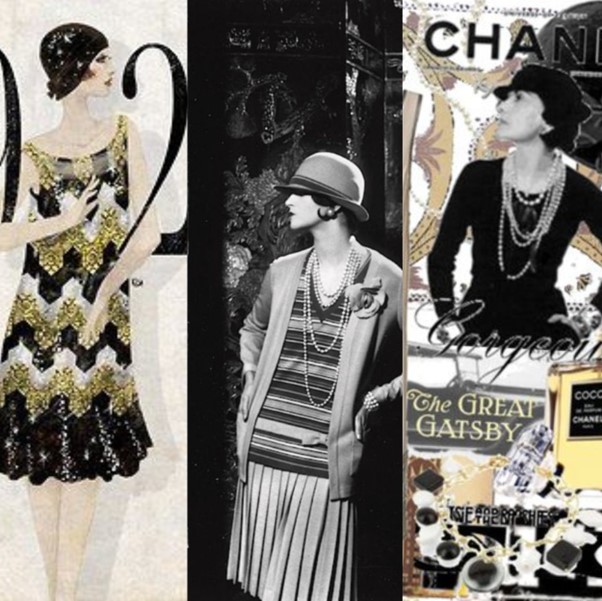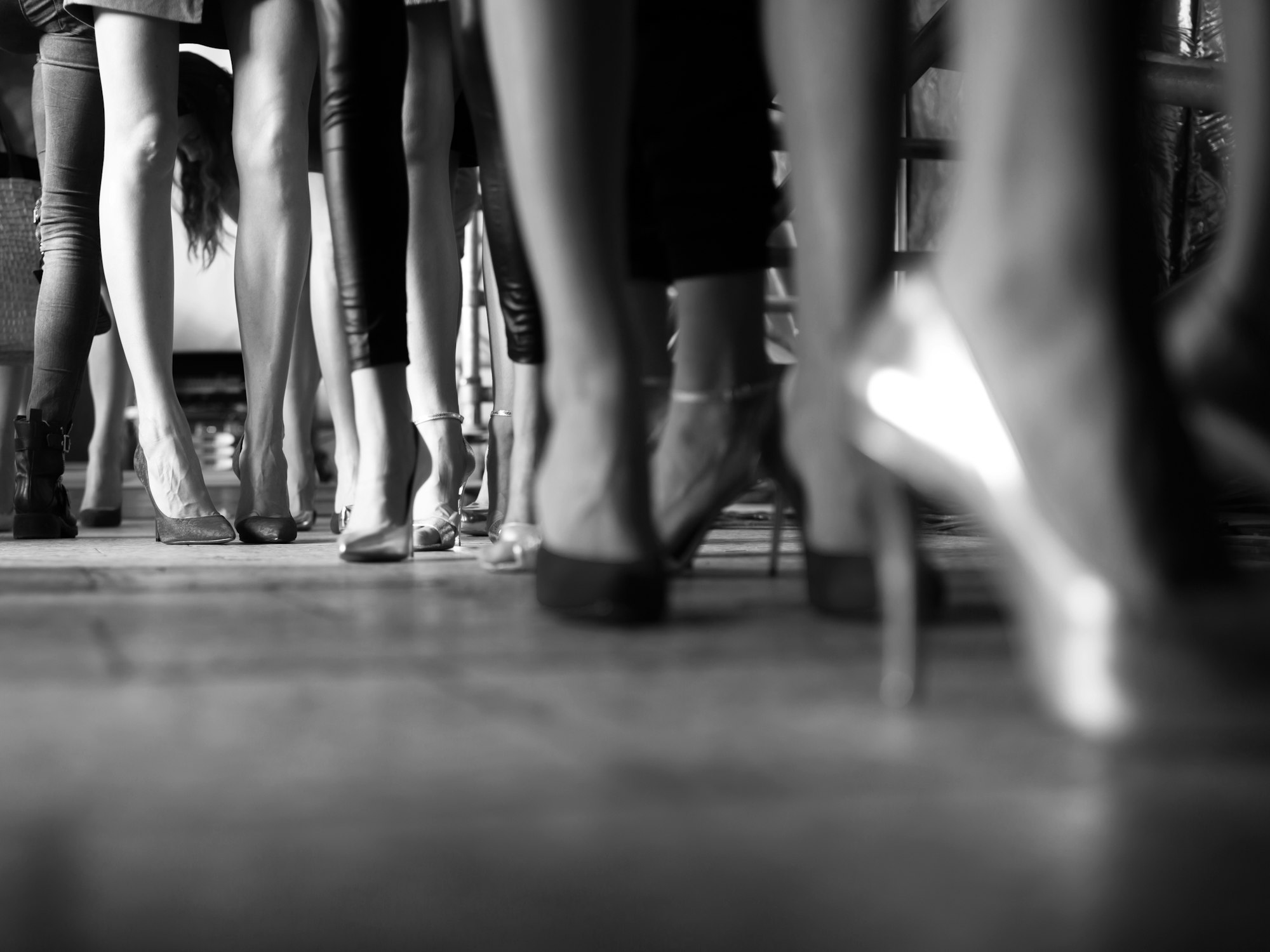Examining the Interplay Between Architectural Design and Fashion Trends Throughout History
Fashion and architecture are seemingly disparate fields, yet they have a surprisingly intertwined history. Throughout the centuries, fashion trends have served as a source of inspiration for architects, influencing the forms, materials, and even the social function of buildings. Conversely, architectural styles have often found their way into the realm of fashion, with designers drawing inspiration from the lines, textures, and proportions of iconic structures.
The Intertwined Threads of Fashion and Architecture in the Ancient World
The earliest evidence of the interplay between fashion and architecture can be found in ancient civilizations. In ancient India, this synergy bloomed with vibrant intensity, where fabrics and forms echoed each other, blurring the lines between adornment and edifice. To delve into this captivating dance is to embark on a journey through intricate textiles, towering temples, and vibrant bazaars, where every drape and pillar whispers tales of a bygone era. As empires rose and fell, the dialogue between fashion and architecture continued. The arrival of foreign influences, like Buddhist motifs in Gandhara art, found expression in flowing drapes and architectural ornamentation. The Mughals, renowned for their opulent textiles, left their mark on iconic structures like the Taj Mahal, where inlaid precious stones mimicked the intricate embroidery of royal court attire. Each era added a new layer to this tapestry, weaving a rich narrative of cultural exchange and artistic evolution.
Influence of fashion on architecture continued throughout history. From the pointed arches echoing Gothic headdresses to the Art Deco skyscrapers mimicking the sleek lines of flapper dresses, the dialogue between these two art forms has been a constant source of inspiration and innovation. And in the 21st century, the boundaries between fashion and architecture have become increasingly blurred. Architects are incorporating elements of fashion into their designs, using innovative textiles as building materials or creating structures that resemble garments. Similarly, fashion designers are drawing inspiration from the built environment, with collections referencing everything from skyscrapers to Brutalist concrete structures.
Luxury Meets Architectural Haute Couture Beyond Bricks and Mortar
Luxury fashion houses have long been synonymous with exquisite craftsmanship, timeless elegance, and an air of exclusivity. But in today’s competitive landscape, simply offering impeccable garments isn’t enough. The battle for the hearts and wallets of discerning clientele has migrated beyond the garment rack, reaching a new frontier: the flagship store. Luxury fashion houses now commission renowned architects to design flagship stores that reflect the brand’s identity and their designs. These opulent sanctuaries are no longer mere retail spaces; they’re immersive brand experiences, architectural testaments to the designer’s vision, and silent partners in storytelling. And who better to co-author this narrative than the world’s most imaginative architects?
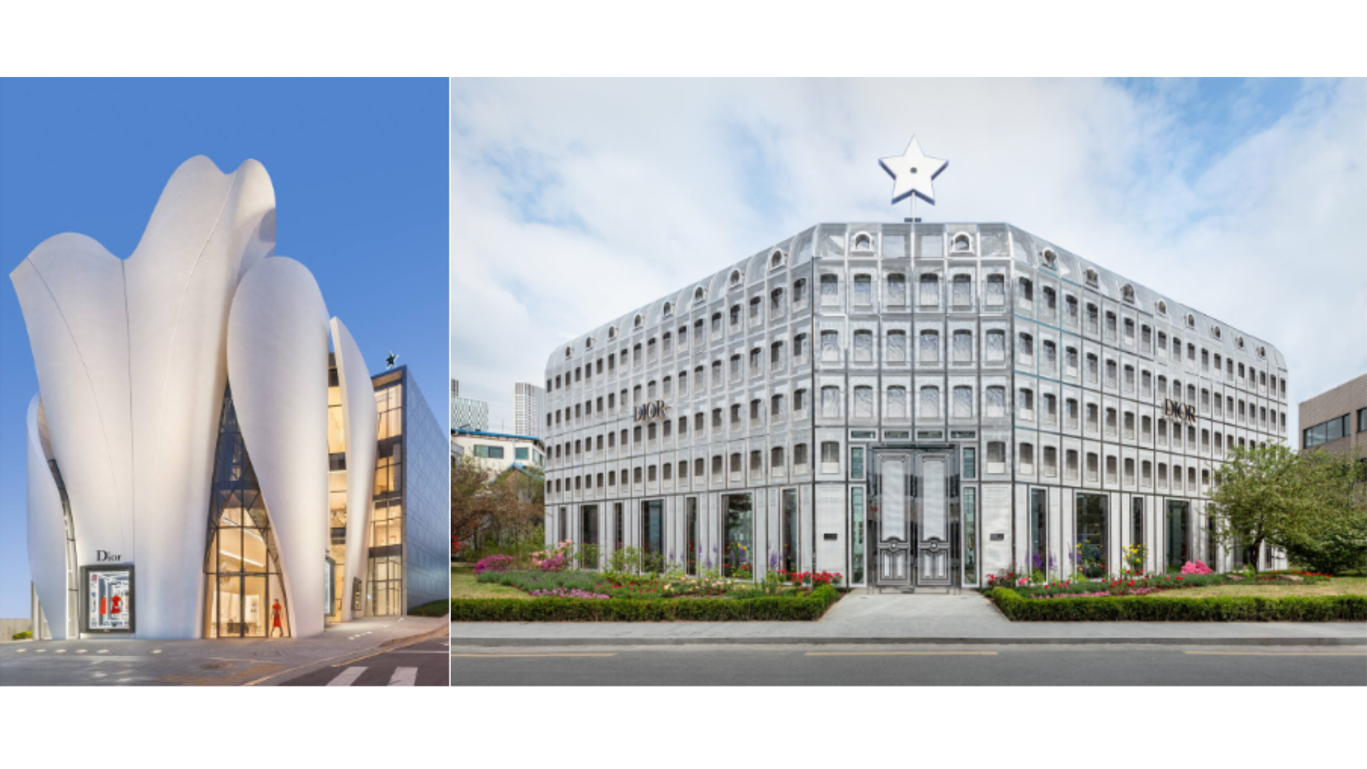 Dior Seoul Flagship Store (Left), Source: LVMH and Dior Seoul Pop-up Store (Right), Source: Dior
Dior Seoul Flagship Store (Left), Source: LVMH and Dior Seoul Pop-up Store (Right), Source: Dior
Stepping into the Dior flagship store in Seoul is like entering a living embodiment of the brand’s essence. The undulating white facade, sculpted from twelve resin and fiberglass sails, mimics the flow of Dior’s haute couture gowns, each panel catching the light like a whispered promise of elegance.[1] Even inside Dior’s Seoul Pop-up store, sleek wooden modules adorned with lacquer evoke the Parisian atelier’s refined craftsmanship, while open-air courtyards reminiscent of Monsieur Dior’s beloved Granville Garden infuse the space with a touch of whimsical nature.[2] Every detail, from the Toile de Jouy motif reimagined on traditional Hanji paper to the Book Tote Room echoing the iconic bag’s playful spirit, seamlessly marries Korean artistry with Dior’s heritage. It’s more than a store; it’s a tangible expression of Dior’s soul, where fashion isn’t just displayed, it’s breathed, whispered, and woven into the very fabric of the space.

Mobile Art Chanel Contemporary Art Container, Source: Zaha Hadid Architects
Chanel’s Mobile Art Pavilion, a collaborative dance between Karl Lagerfeld’s visionary eye and Zaha Hadid’s parametricist genius[3], stands not just as a travelling art space, but as a living tribute to the brand’s essence. Its fluid, interlocking curves echo the draped elegance of a Chanel garment, while the translucent walls and dynamic spaces mirror the shifting moods of a fashion show. Each detail whispers the brand’s signature codes: the quilted exterior evokes tweed jackets, and the ever-changing exhibitions within, the spirit of constant reinvention. Like a perfectly tailored suit, the pavilion’s form is both audacious and refined, defying convention while retaining a timeless Chanel sensibility. It is a testament to the brand’s ability to translate its DNA into every medium, making art not just housed within the pavilion, but woven into its very fabric.
This symbiotic relationship between architect and fashion house isn’t without its challenges. Architects must delve into the brand’s DNA, understand its aspirations, and translate its essence into a built form. Fashion designers, accustomed to the fluidity of textiles and the ephemeral nature of catwalk presentations, must embrace the permanence and inherent rigidity of architecture. Yet, when this collaboration succeeds, the result is a masterpiece that transcends mere bricks and mortar, becoming a living, breathing expression of the brand’s soul. Each detail whispers a story, each texture echoes an ethos, each curve embodies an aesthetic – a symphony of stone and silk that transcends mere retail.
Rise of architecturally-driven luxury flagships marks a shift in the paradigm of luxury itself, it whispers a powerful message about the growing importance of experiential marketing. Consumers crave engagement, not mere transactions. They seek authenticity, not artifice. A meticulously designed flagship store, where every detail tells a story, becomes a haven for brand enthusiasts, a physical manifestation of the world they yearn to be a part of.
This trend is certainly here to stay, promising a future where the most coveted fashion destinations are not just places to shop, but living testaments to the creative brilliance of both fashion and architecture. So, the next time you find yourself strolling down a bustling avenue, keep your eyes peeled for these architectural gems. They might not be adorned with neon signs or screaming logos, but their subtle sophistication and silent narratives will whisper the true language of luxury – a language that resonates far beyond the price tag.
Conclusion
The connection between fashion and architecture is not always about direct replication. It can be about capturing the essence of a textile’s movement, texture, or symbolism and translating it into the built environment. By looking closely, we can see how these two art forms have intertwined throughout history, shaping not only our surroundings but also our understanding of beauty and cultural identity.
[1] WA Contents, ‘New Christian Dior Flagship Store In Seoul Reflects Dior’s Soft And Flowing Style’ (World Architecture Community, 9 October 2015) <worldarchitecture.org/articles/ccmpc/new-christian-dior-flagship-store-in-seoul-reflects-diors-soft-and-flowing-style> accessed 30 December 2023
[2] Vernice Tia, ‘Dior Unveils a New Concept Store in the Heart of Seoul’ (L’OFFICIAL Singapore, 5 April 2022) <www.lofficielsingapore.com/fashion/dior-unveils-a-new-concept-store-in-the-heart-of-seoul> accessed 30 December 2023
[3] Sophie Kazan, ‘‘A Glimpse of Another World’ – Zaha Hadid’s Mobile Art Pavilion’ (2014) 2 The Open Arts Journal <https://openartsjournal.org/issue-2/2013w13sk/> accessed 30 December 2023
 Author: Anshuman Gogoi is a driven undergraduate student pursuing a dual degree in law and business at the Indian Institute of Management Rohtak. His sights are set on becoming a leader in the luxury retail industry and is committed to gaining a deep understanding of global markets through comprehensive business study
Author: Anshuman Gogoi is a driven undergraduate student pursuing a dual degree in law and business at the Indian Institute of Management Rohtak. His sights are set on becoming a leader in the luxury retail industry and is committed to gaining a deep understanding of global markets through comprehensive business study



